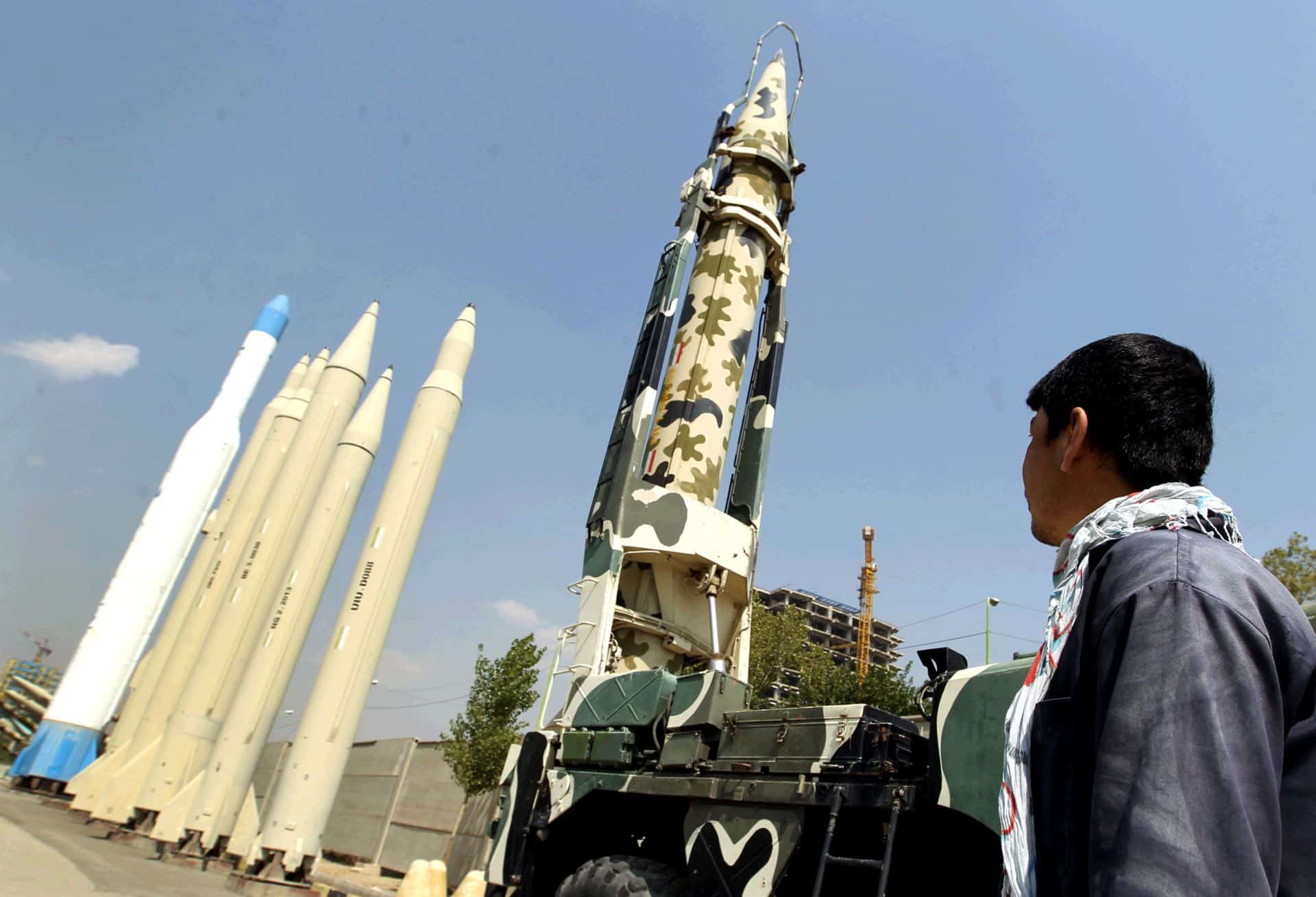Netherlands Infomation Services BV, The Court of Audit is monitoring the Netherlands' procurement of the F-35 Joint Strike Fighter (JSF).
The government decided to participate in the JSF programme in 2002 subject to the approval of parliament after it had identified the JSF as the most likely successor to the F-16 military fighter aircraft. Since then, the Court has been following the procurement of the JSF and has regularly reported to the House of Representatives.
This latest report considers the situation in September 2007. It looks at the development of costs, the role played by Dutch industry and the JSF project organisation's preparation for the arrival of the JSF.
Conclusions
We concluded that the Ministries of Defence and of Economic Affairs (EZ) were making good progress clarifying the uncertainties surrounding the JSF programme. Nevertheless, it is still highly likely that a decision to purchase the JSF will be taken without there being assurances on the ultimate cost.
We have identified areas for improvement in the provision of information on cost developments and also found problems in the way in which the JSF project organisation at the Ministry of Defence is preparing for the arrival of the JSF.
Costs
There is no complete overview of the cost of the JSF programme to the Netherlands because some of the JSF costs fall outside the Ministry of Defence's definition of the “F-16 Replacement Programme”.
Furthermore, costs cannot be compared with each other because the Ministries of Defence and of EZ use different price indices and currencies.
We also concluded that the Ministry of Defence does not have a complete and accurate understanding of the cost of the JSF owing to its limited access to information held by the main contractor in America, Lockheed Martin.
The level price line method proposed by the Ministry of Defence will ensure that every participating country ultimately pays the same price for each aircraft regardless of whether it comes off the production line first or last, but this method has the disadvantage that the final unit price will not be known until production ends.
Participation of Dutch manufacturers
A study of the business case found that participation in the JSF programme would cost more than buying “off the shelf”. Dutch manufacturers agreed to close this gap by remitting a certain percentage of the turnover they realise on the JSF programme to the State. Until 30 June 2008, the remittance rate will be 3.5%. In July 2008, the business case will be reviewed and the remittance rate will be re-set.
It will probably be considerably higher than 3.5%. According to a calculation made by the Ministries of Defence and of EZ, if the remittance rate had been re-set on 1 January 2007 it would have been 5.17%.
Preparation for the arrival of the JSF
A study by the Ministry of Defence found that the integration of two new ICT systems, the Enterprise Resource Planning (ERP) system and the Autonomous Logistics Information System (ALIS), represented a significant risk to the introduction of the JSF and its timely readiness for operations.
The tight staffing level of the JSF project organisation at the Ministry of Defence in the Netherlands also represents a risk to the preparations for the arrival of the JSF. In September 2007, 6.5 FTEs of the 20 FTEs were still vacant. The workload is therefore unreasonably high and there is only limited fallback capacity.
Recommendations
We recommend that the Minister of Defence provide Parliament, both now and in the future, with a complete overview of the full cost of the JSF programme to the Netherlands and to present the costs in a clear and comparable manner.
We also recommend that the Minister of Defence review the IT governance of the JSF programme and gain an insight into the American JSF project organisation because ALIS relies in part on the development of software systems in the US. We recommend that the minister also raise personnel numbers in the JSF project organisation to the desired level.
Response of the ministers
The Minister of Defence responded to our report on behalf of himself and the Ministers of EZ and of Finance on 27 November 2007. He thought the project definition used in the annual “F-16 Replacement” reports took precedence and that some of the costs we referred to were not covered by that definition.
The Minister of Defence also disagreed with us that the ministry would probably never have a complete and accurate insight into the cost of a JSF aircraft.
The minister noted that compensation for the relatively expensive aircraft produced at the start of the programme had not been the ministry's main reason to propose the level price line method. Its main reason had been to increase the stability of the programme.
The minister thought we had been premature to conclude that the final remittance rate would be considerably higher when the business case was reviewed in July 2008. The minister recognised that there were risks in integrating information systems and in the staffing level of the project organisation.
The audit departments of the Ministries of Defence and of EZ were accordingly carrying out a joint investigation of the adequacy of project management.
Current status
The report was submitted to the House of Representatives on 4 December 2007.
Germany says adding explosive drones to weapons arsenal
Germany said Friday it would buy explosive drones for the first time as Berlin boosts investments in its armed forces...









